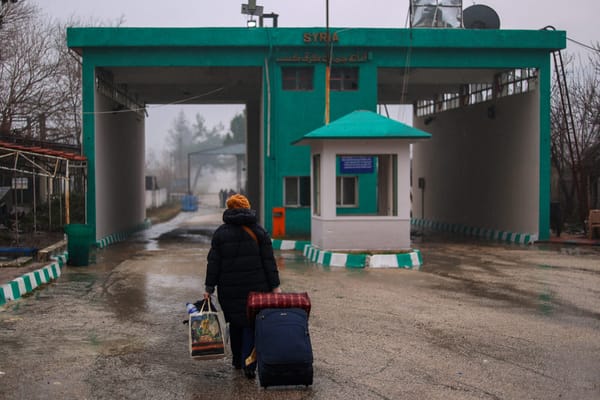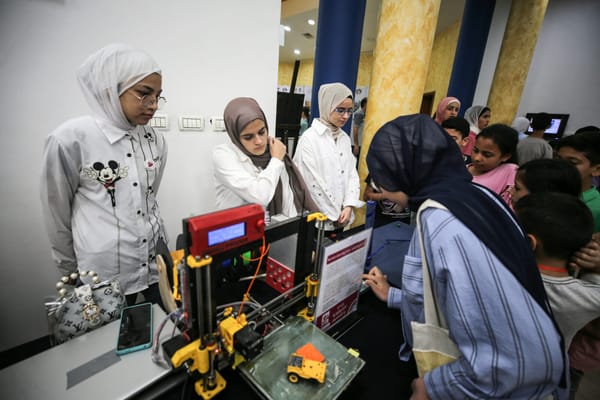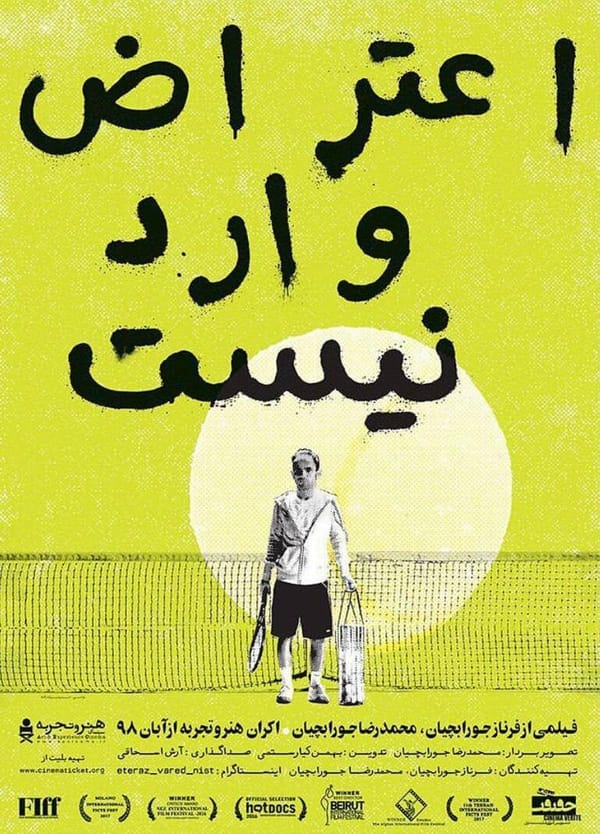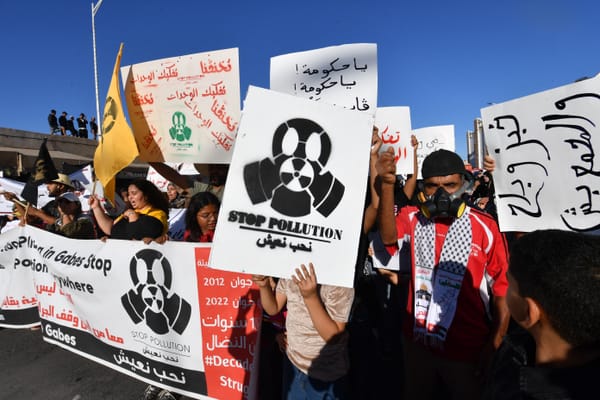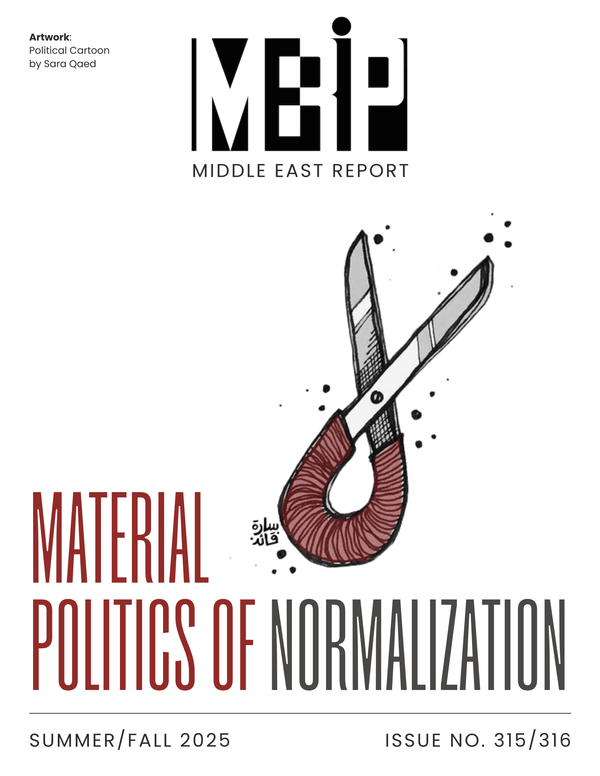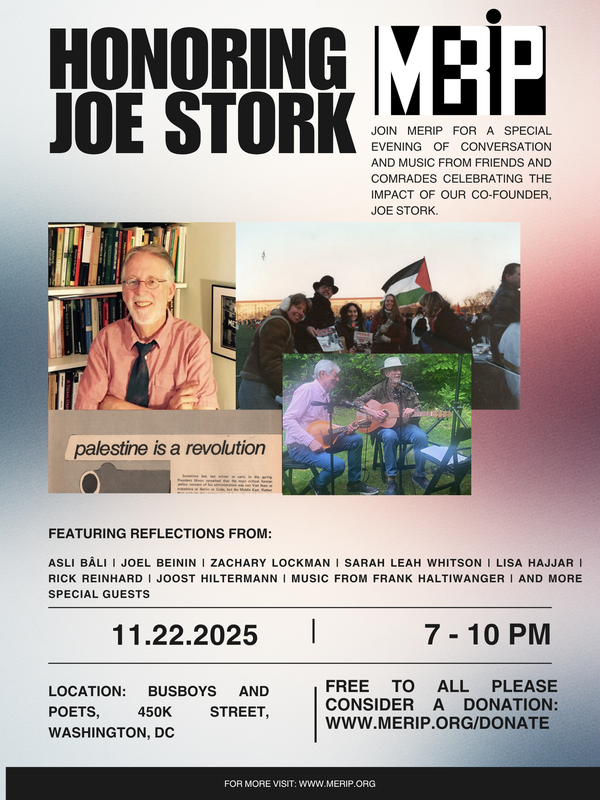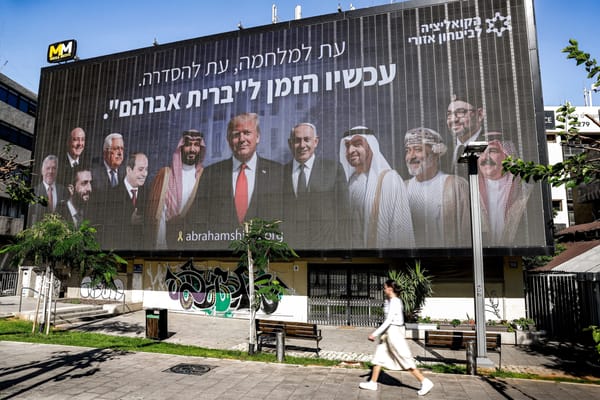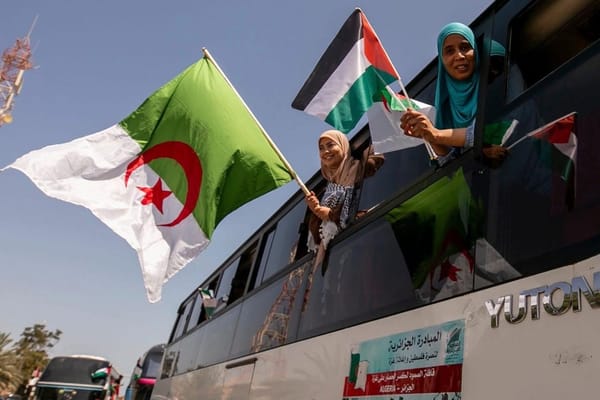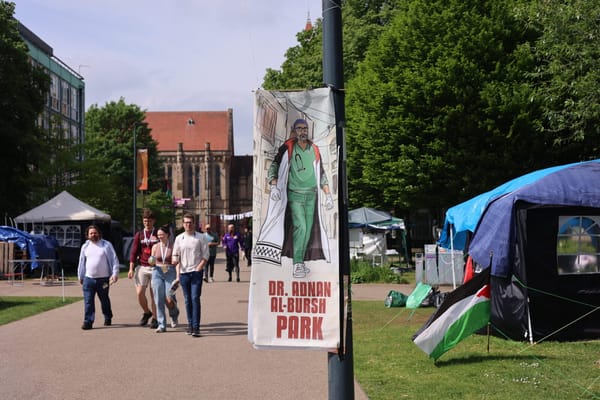Like all revolutions, the 1979 revolution in Iran is too complex to be captured by a single adjective. It has come to be known as the “Islamic” Revolution, for it authored a regime ruling in the name of Islam and with the utopian mission of creating a just and pure Islamic society. Ayatollah Ruhollah Khomeini and his loyal followers became the advocates and faces of this project. The adjective “Islamic” does not, however, describe the motivations of all the millions of Iranians who went on strike, marched and distributed flyers in opposition to the Shah. In fact, the overthrow of more than two millennia of monarchy was speedy and relatively bloodless precisely because the revolution was ideologically inclusive -- encompassing self-professed leftists, feminists, nationalists and constitutionalists from almost all social classes.
In 1977, it was liberal and leftist intellectuals who took advantage of President Jimmy Carter’s message of human rights to pressure the Shah. Their protests and open letters coincided with a host of economic grievances, including those of merchants (bazaaris) against the Shah’s draconian anti-profiteering campaign. In the coming months, as the Shah vacillated between cracking down and making concessions, industrial workers and government employees joined the ranks of university students and faculty, seminarians, political activists and merchants to bring the country to a standstill.
Over the course of 1978, Khomeini did become the symbolic leader of the revolution. His network efficiently distributed his populist message that picked up on the themes of anti-imperialism and egalitarianism that resonated with a broad spectrum of the population. Yet only a minority of clerics supported the revolution and some high-ranking ayatollahs publicly distanced themselves from Khomeini’s theory of Islamic government (velayat-e faqih).
Once the Shah left and Khomeini returned to Iran, the umbrella that sheltered the diverse currents united against the monarchy began to collapse. The Khomeinists, better organized and financed, were able to sideline secular groups, unionists and more liberal Islamist factions. The hostage crisis (November 1979-January 1981) and the Iraqi invasion of 1980 were critical events that allowed Khomeini’s inner circle to repress opponents, redirect popular mobilization at “foreign enemies” and monopolize state power. These events also reinforced the synthetic populist message developed by Khomeini.
Yet the legacy of mass revolution remains. The Islamic Republic’s constitution contains many articles calling for protection of basic social rights and reflecting the aspiration for a more accountable and equitable political system. These articles are markers of social-democratic and liberal input. And the social forces that participated in the revolution continue to champion such ideas, which reverberate both in the streets and in factional disputes within the regime. While both the regime and its opponents abroad seek to dress the revolution solely in the garb of Ayatollah Khomeini, in popular memory the revolution is woven of many threads.
Written by
This article was published in Issue 250.
